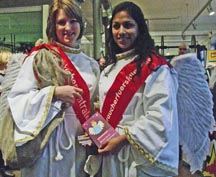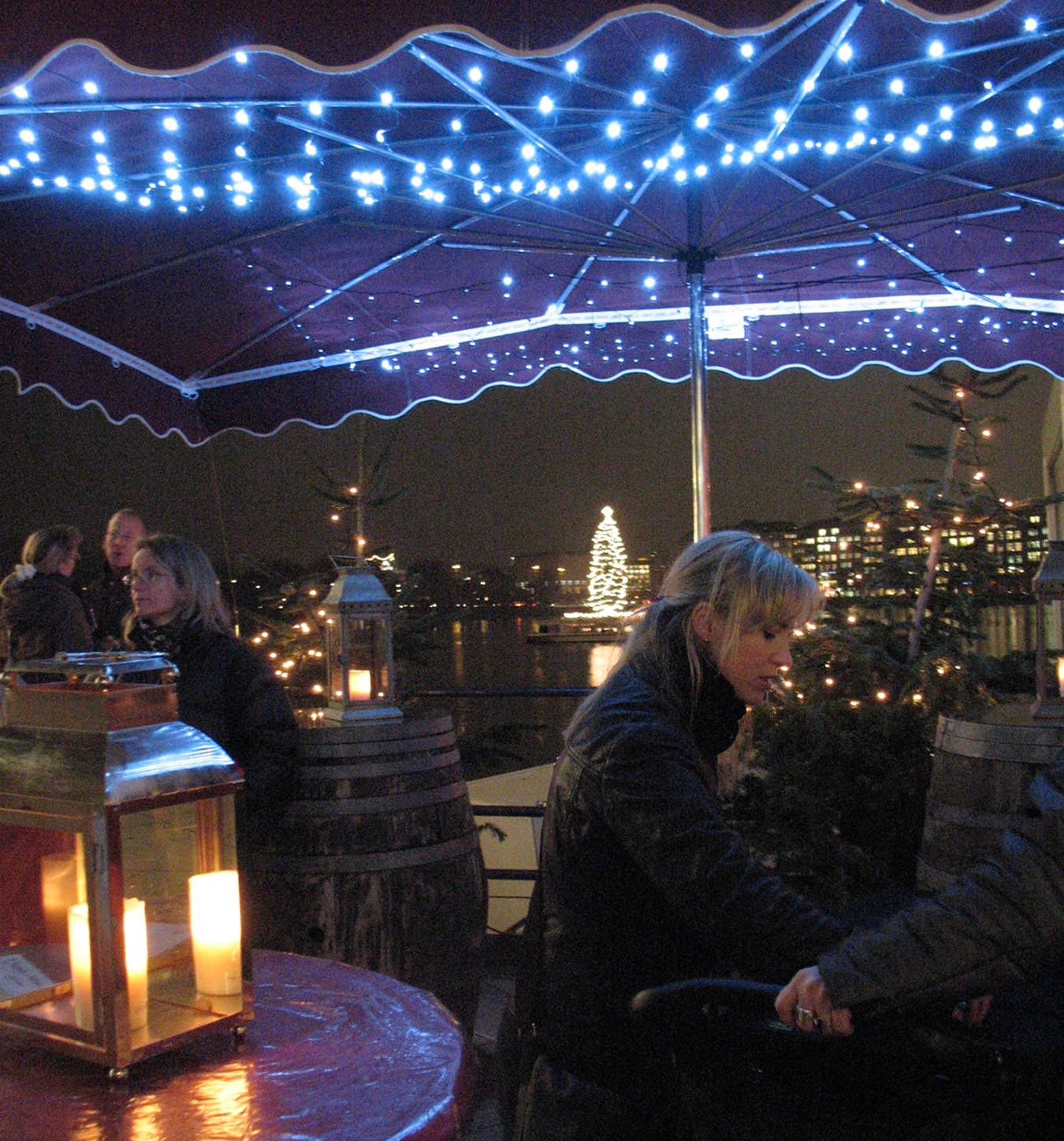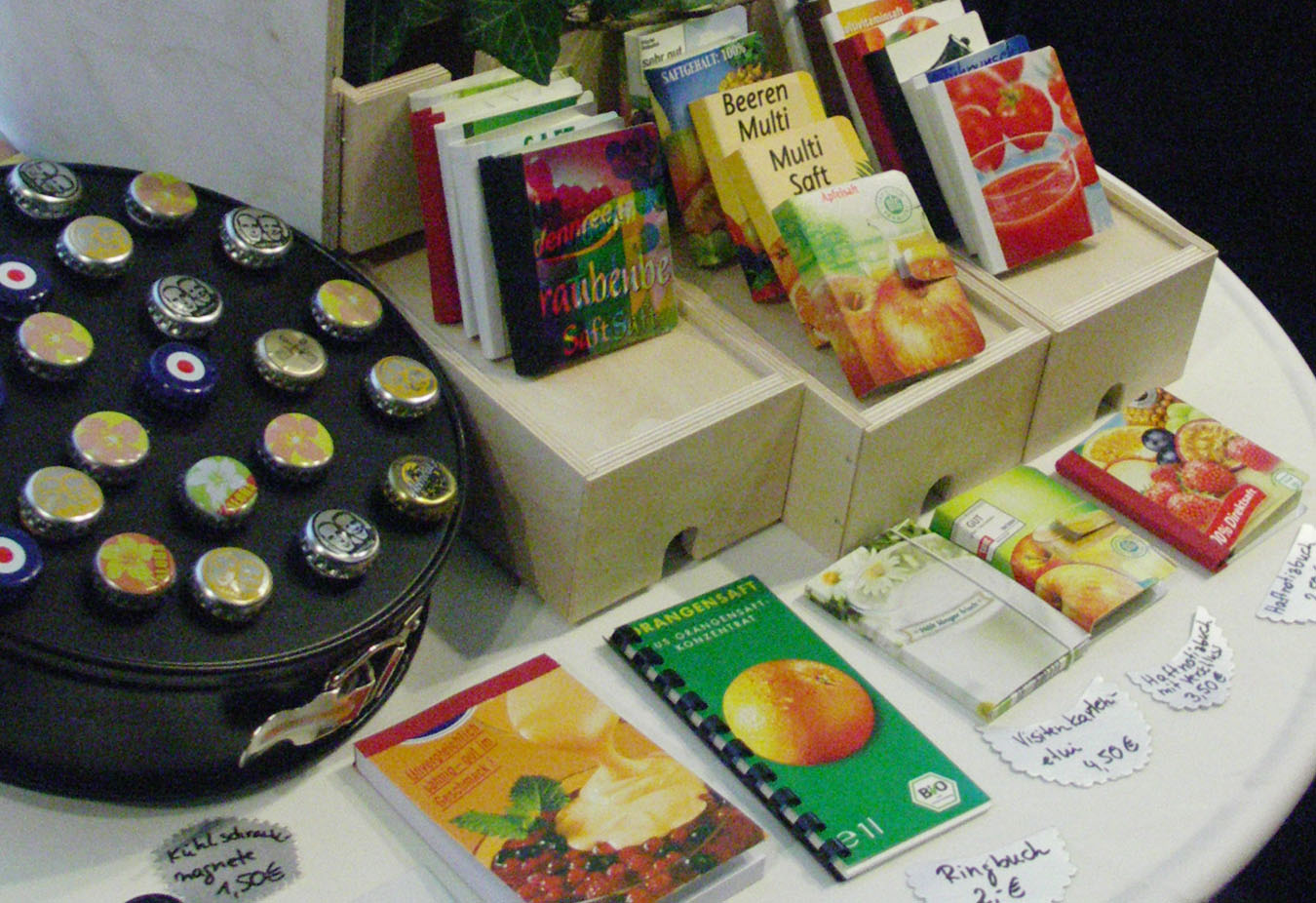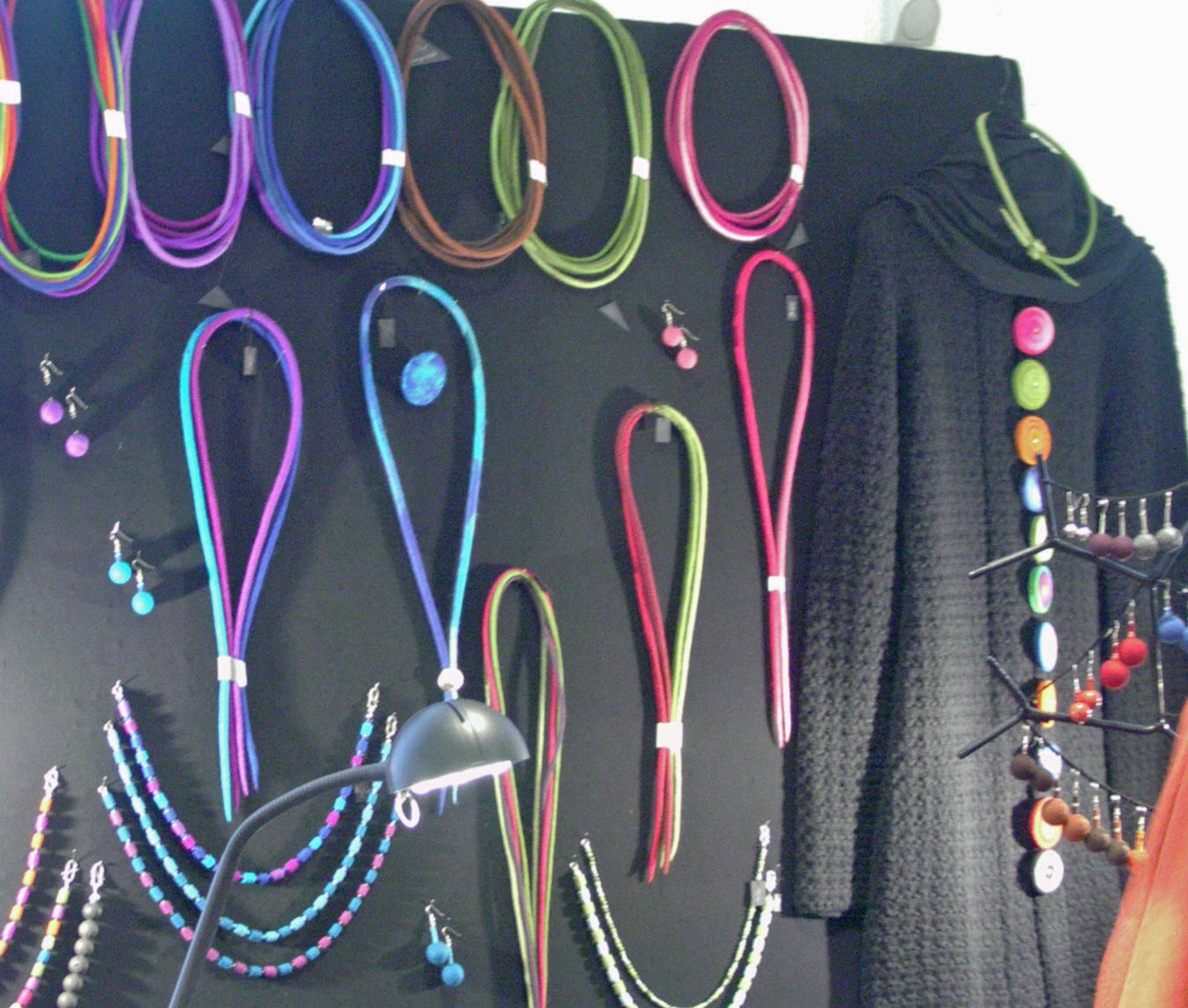Greening Christmas
HAMBURG Christmas is my favorite time of year. I love the smell of balsam and firs and decorating holiday cookies – preferably with the sound of popular holiday standards in the background. I even enjoy shopping for and wrapping carefully chosen presents in seasonal papers festooned with huge bows. So when my hosts, this week, asked what I wanted to see during my visit, the answer was simple. Take me to one of Germany’s famed Christmas markets.






And literally within a couple hours of my plane’s landing, they were already ushering me into the first of what would be a handful of such seasonal fairs. But as I also quickly learned, this first was an unusual one: a “green” bazaar.
Even its venue was atypical: indoors and at a museum of the industrial arts – home to archaic but working Linotype machines, printing presses and more mammoth mechanical marvels. Sandwiched between the exhibits were stalls where vendors hawked beeswax candles in the shape of Christmas trees; hand-made jewelry fashioned from large, vibrantly colored “beads” of wool felt; hand-knitted socks and fingerless gloves; note paper decorated with images inked from hand-carved rubber stamps (which were also for sale); hand-made wrapping papers; hand-thrown pottery; and notebook- and note-paper covers made from the recycled aseptic packaging that had once held fruit juices or other drinks.
Hand-pressed nut and plant oils were available to sample on chunks of bread (the hazelnut was yummy, but one taste of lavender oil was enough to last me a lifetime). I purchased a hand-made paper-cut Frohe Weihnachten (Christmas) card for a German-speaking uncle at home. And we all sampled tasty (and for me unusual) fruit juices and sandwiches made from German cheeses topped with kiwis on brötchens (the quintessential hard crusted rolls with cloud-soft interiors).
A few stalls also spouted messages: like one illustrated with somewhat vulgar cartoons extolling the potential CO2 benefits of vegetarian diets. Others presented the environmental advantages of creating gardens and preserving greenswards and why a good Christmas present to the planet would be pledging resource frugality during the coming year. One particularly large exhibit offered sources for repairing china, glassware and other products – as an alternative to buying new.
But my favorite of these environmental marketeers was a moving stall with feather-winged ambassadors: charming college-aged women who described themselves as climate-protection angels (Klima-Schutzengel). Apparently, guardian angels are a common German phenomenon – available in many types, such as a consumer-protection variety.
The climate angels handed out brochures (with an angel you could punch out and hang on your tree) that described how to make holiday gift-giving more Earth-friendly. You can probably guess what it suggested: buy toys and furniture made from sustainably harvested wood and clothes from natural fibers, bake your holiday cookies and cakes from organic ingredients, invest in energy efficient Christmas lights (such as LEDs), and make sure that big-ticket items such as electronics and appliances sport an Energy Star or comparable label certifying its parsimonious use of energy.
The angels also handed out pocket-sized books (on hard card stock, for longevity I’d guess) on tips for continuing climate-protection tactics throughout the year. It was largely a list of the standard energy-saving recommendations you get from your power utilities and product manufacturers (such as to match the size of a pot on the stove to the size of the burner, and if the stove is electric, turn off the pot before its contents are fully cooked so that you can use the residual heat to complete the process).
The booklet also had a few ideas that are not rocket science, yet still something we might not tend to automatically consider. Such as buying flowers from locally grown sources, even in winter, to avoid the high-CO2 expenditures that would be associated with transporting them from up to half a world away. Or, when possible, always plugging in battery-powered radios and CD players to limit their use of expensive and toxic batteries. Or purchasing goods whenever possible in returnable containers, such as glass bottles (although I can think of few U.S. examples where this is possible anymore). And bringing your own baskets and sacks to the store for transporting your goods home – avoiding all of that long-lived plastic waste.
Although I appreciated the handicrafts available at this Christmas market, it lacked the enchantment of strolling through the conventional outdoor ones. Those markets sold mulled wine, gingerbread, marzipan, roasting chestnuts and various types of wurst (sausages). You could find fancy holiday decorations and toys (some from sustainably grown wood), decorated cookies the size of dinner plates, Bing Crosby crooning White Christmas out of loud speakers, and aisles of preserved fruits and nuts. One even had a ferris wheel. And everywhere, greenery decorated with gazillions of festive lights.
Engaging all of the senses with a holiday magic, they were the perfect indulgence for someone who may arrive home too late, this year, to put up a tree and perfume her own home with molasses cookies and other holiday treats.






